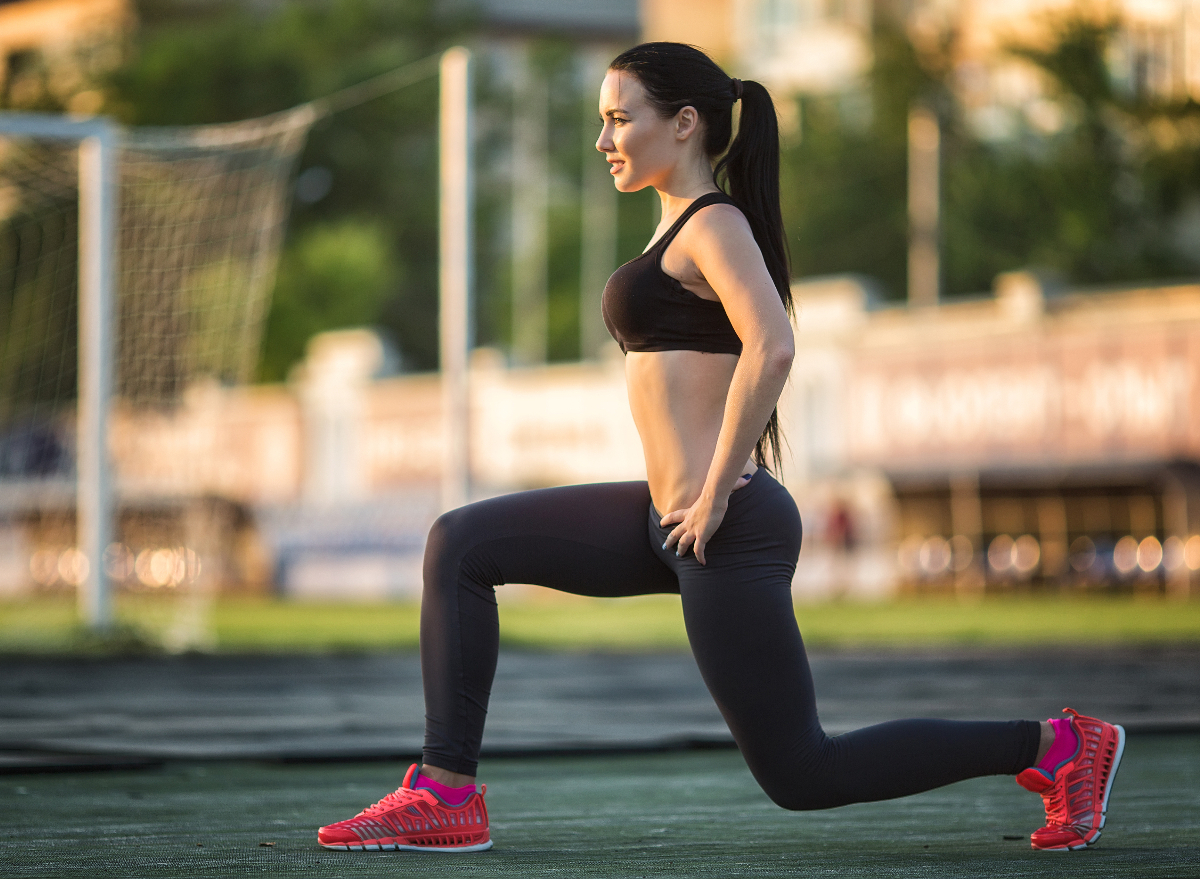
As time passes, the human body loses its versatility, particularly when one leads a sedentary life. Fortunately, a more active lifestyle and exercises like yoga might help us regain this flexibility, prevent accidents when playing sports or even sudden motions, and also enhance our posture.
We have gathered for you the best yoga postures, known as asanas, which will help you improve the flexibility of your body.
1. Ananda Balasana, or posture of the happy baby
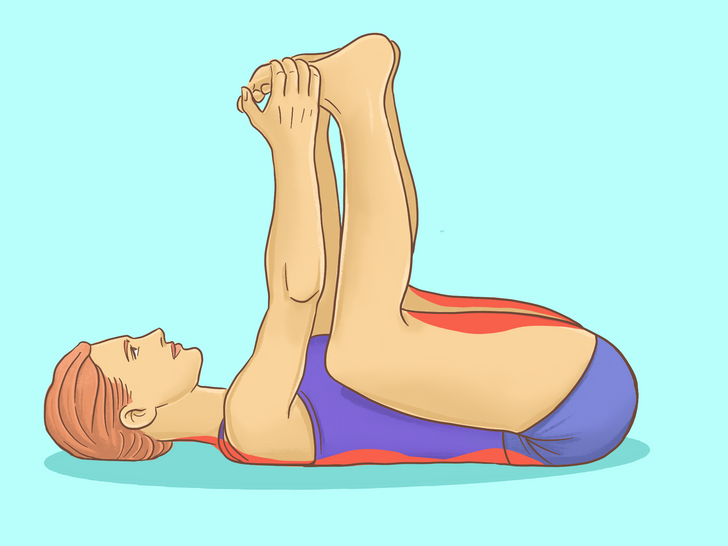
This asana is great for working the launching of their hips. It’s said to be a stance that we have mastered since childhood, making it ideal for novices in yoga. Its simplicity makes it ideal for relaxing, warming up, as well as sleeping.
Lie on your back and bring your knees towards your chest, grabbing your toes from the outside. Ensure your knees and ankles are aligned at a 90-degree angle to your torso and hold the position for 60 seconds.
Click the "Next" button to see the rest of the article
2. Baddha Konasana, or posture of the butterfly
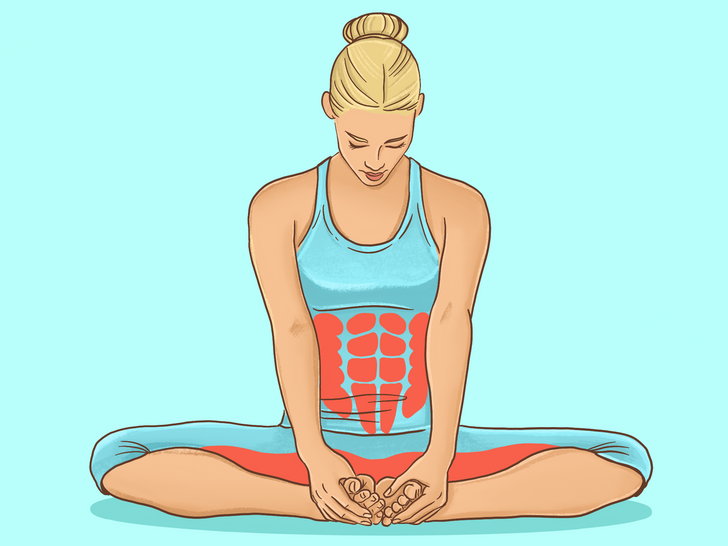
This position stimulates the inner organs of the stomach area, flow in the pelvic area, the opening of the hips and torso, as well as the extension of the areas of the body that normally stay”closed”, like the groin, adductors, and lower stomach.
Then bring your toes inward, linking your soles. The knees must be lowered as far as possible. Do your best not to lean back and maintain the position for 7-10 breaths.
3. Bhujangasana, or cobra posture
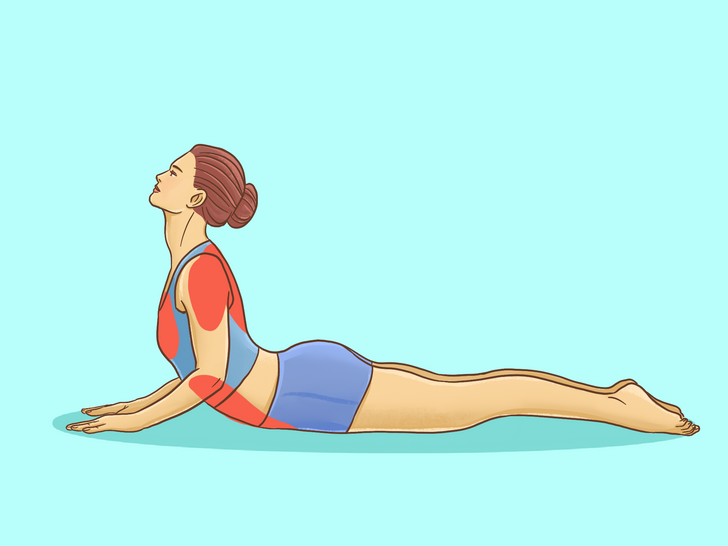
Should you have to release the tension, this is the place for you, since it boosts the introduction of the chest and shoulders, areas where tension tends to develop. Additionally, it may help you fight respiratory issues and also alleviate symptoms of tension and anxiety.
The position begins using a lengthening on the belly, the entire body well stretched. The palms of their hands need to be placed on the floor and in shoulder height, then the arms must be extended and the torso increased, only without raising the pubic bone in the ground, and bringing back the shoulders.
4. Uttanasana, or posture of the clamp
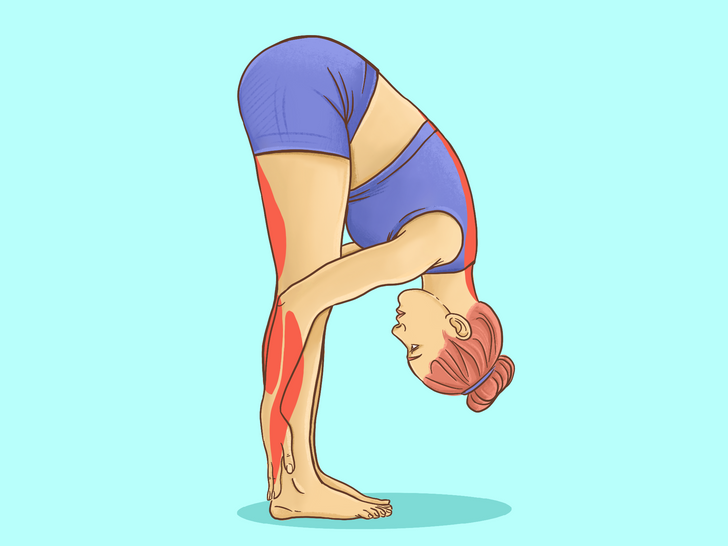
This deep tendency is great for working the flexibility of the rear of the human body, from the back to the calves. It’s generally a warm-up that can help deal with stress and depression and may even relieve colic as well as headaches.
Start by spreading your legs directly above your hips, and spread your toes to get a better grip on the ground. Next, while bending, fold your chest forward, and whenever you have lowered it enough, place your forearms behind your calves. If you are a beginner and have trouble maintaining your legs and back straight, you can bend them a little bit.
5. Adho Mukha Svanasana, or upside-down dog posture
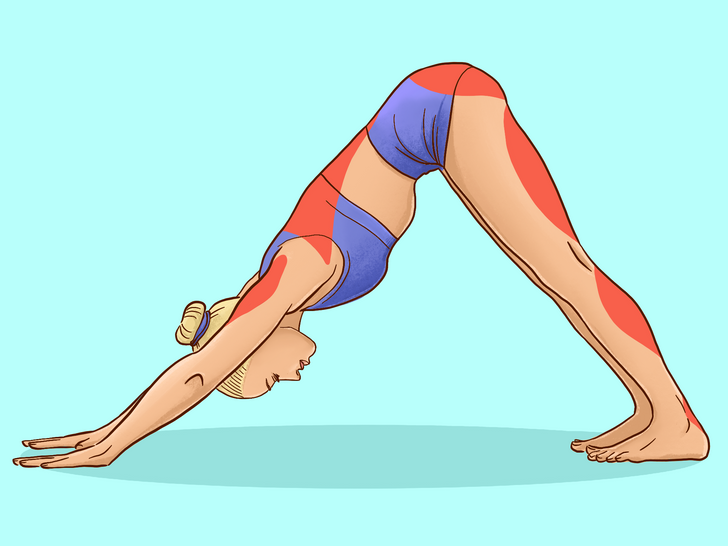
This position is generally a transition or break posture and allows you to focus on the flexibility of the hamstrings, calves, Achilles tendons, ligaments, and shoulders. Since this is a version of the dog posture, you must begin with placing yourself on four service points (knees and hands on the mat), ensuring that your knees are at the same level as the hips.
Begin with inhaling, stretching your legs to raise them, and exhaling to boost your hips as large as possible. Your legs, backbone, and arms ought to be tight. Hold the posture for at least 20 minutes and perform numerous deep breaths. To come back to the beginning place, tighten and lightly bring your knees into the floor.
6. Paschimottanasana, or posture of the sitting clamp
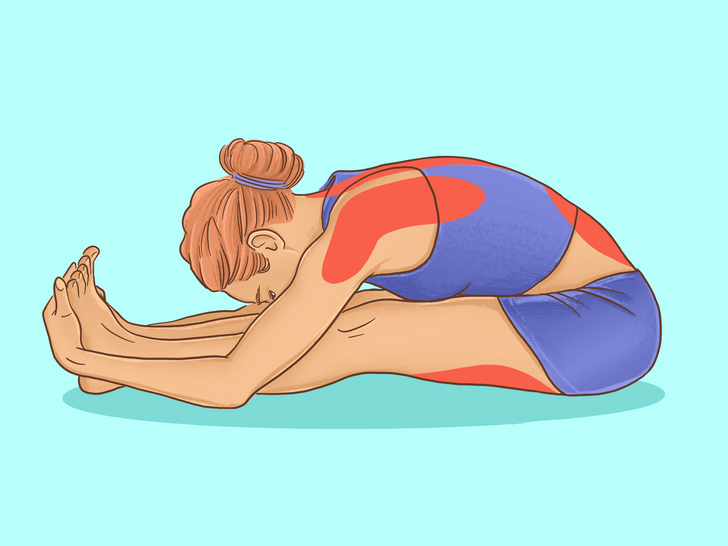
The position of the seat clamp is somewhat more complicated than it sounds. It even takes a good deal of practice and patience to execute it properly. If at first you can’t descend low or achieve your toes, do not try and force yourself so as to not injure yourself.
Sit on the floor, back legs, and straight forward. Inhale and exhale by leaning forwards, taking care to perform the motion from the hip, and not out of the waist. If you can not reach your feet with your hands, then you can use a rubber ring. Hold the posture for a few minutes.
7. Trikonasana, or posture of the extended triangle
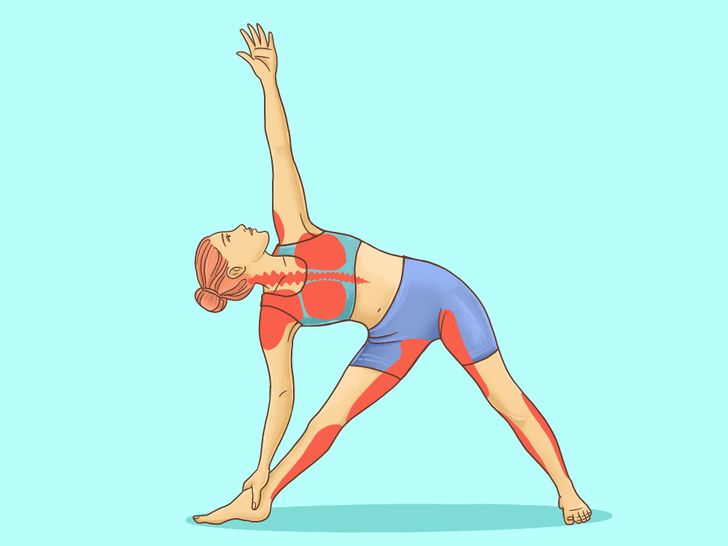
It is a form of this triangle posture, used by both novices and experts and which arouses the introduction of their hips and abdominal muscles. People who are beginning to practice yoga are advised to maintain their minds at a neutral spot in case they have trouble lifting it.
Begin with standing on a carpet and require a long run with your right leg. The legs should be separated from each other and nicely stretched. The perfect foot should point out, along with the left foot should point forward. Then form a cross with your arms and lower your torso by bringing your hands into your right leg, even while lifting your left arm, as shown in the case.
8. Prasarita Padottanasana, or wide angle posture
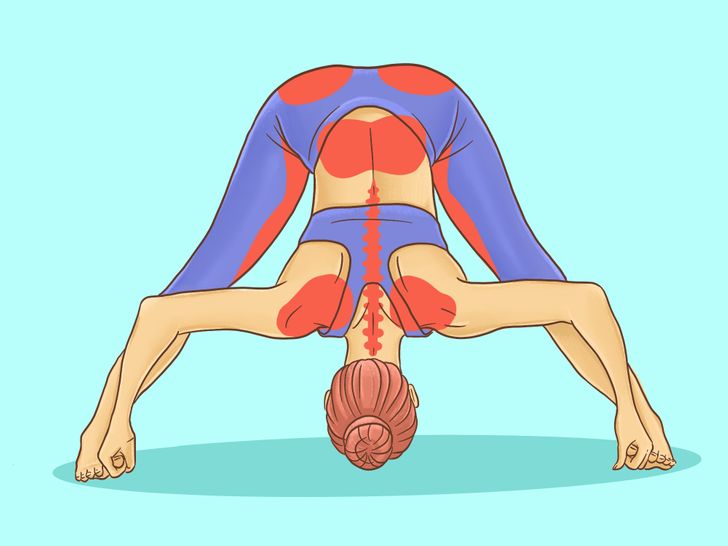
The lower extremities and the backbone benefit greatly from the posture because it reinforces the legs and feet by extending the muscles and the spine, which also can help to relieve possible spine pain.
Start by standing with your back straight. Stretch your legs and bring your own body forward and then down, keeping your hands on your legs. Hold the posture for at least 30 seconds, and around 1 minute if you’re able to.
9. Setu Bandha Sarvangasana, or bridge posture
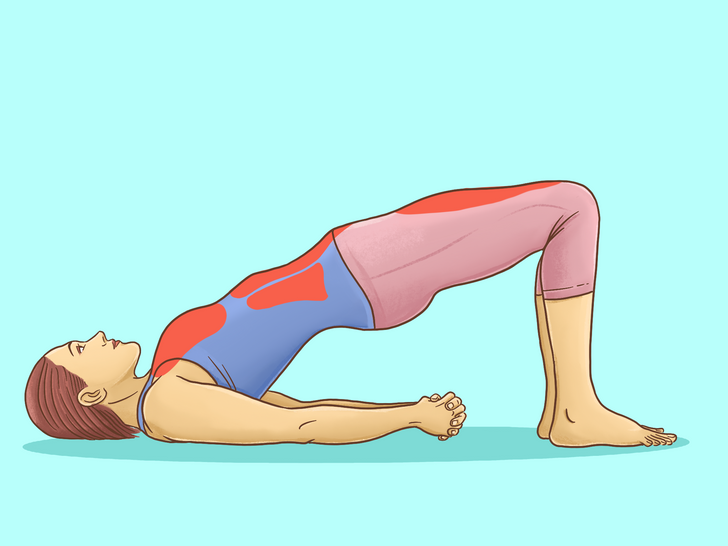
This asana enables a whole stretching of the spine and is utilized to compensate for lousy posture. It strengthens the entire back of the body, particularly the thighs, buttocks, and deep abs.
Then bend your knees and place your heels in place of the knees. Your buttocks should be raised and your spine should be straight. Form a line from the knees towards the shoulders. Underneath this”bridge”, intertwine your palms. Hold the position for 15 minutes.
10. Ballasana, or child’s posture
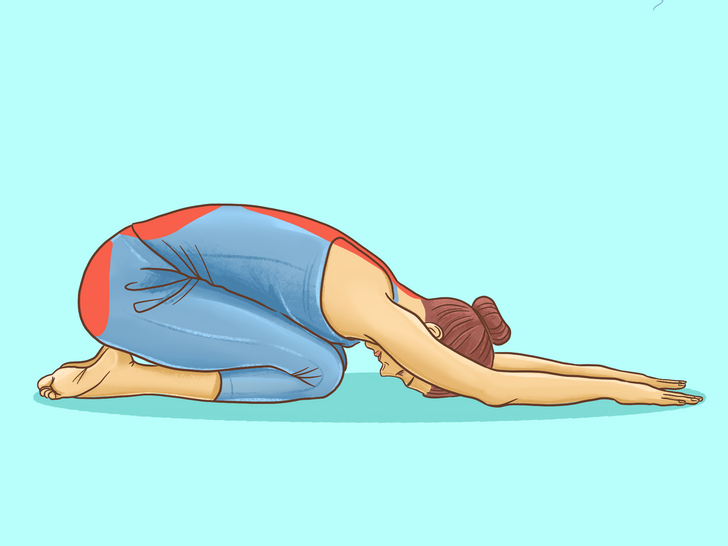
This really is a timeless place, typically used at the start of a more extreme session. Although simple, it has notable benefits, like recovering the strength between postures and improving the flexibility of the body. It also promotes sleep.
Begin with kneeling with your back straight and legs together. Next, lower your buttocks on your heels. Your thighs should stay in touch with your torso and your brow ought to rest on the ground. There are two variations: 1 along with your arms outstretched in front of you, along with another with your arms backward next to your feet. Both variants enable you to relax and should be kept for about a minute.
Yoga is a great way to maintain a flexible and agile body. Although some postures are difficult to execute, with practice and patience, you will get good results.
